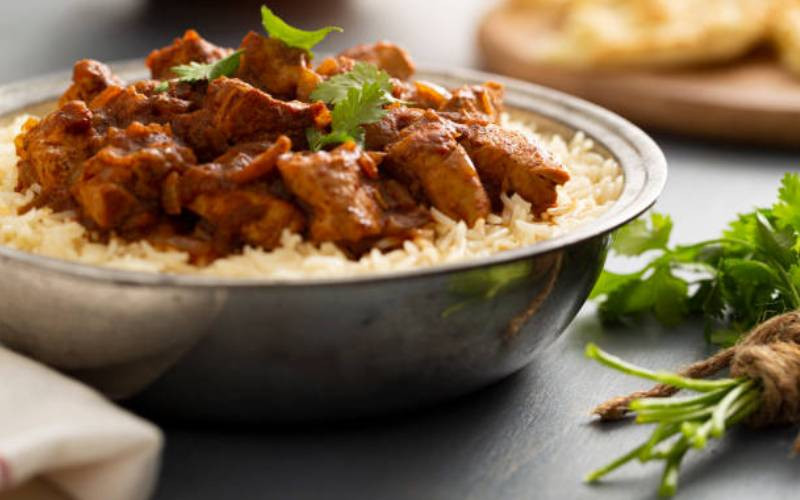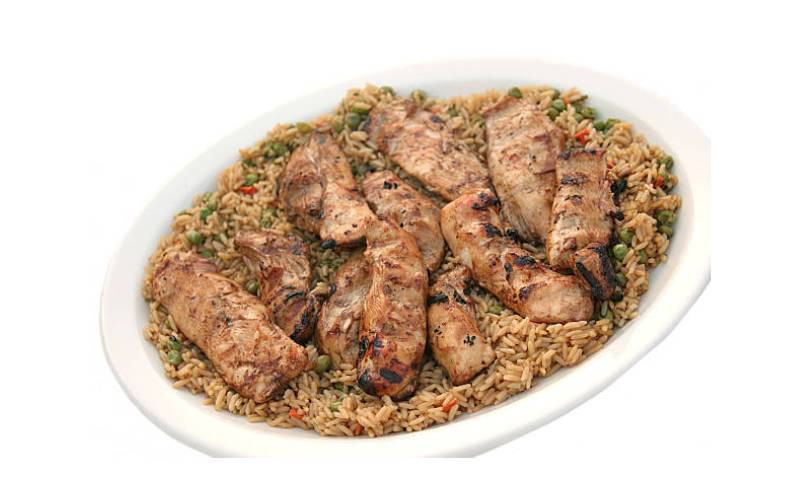
Many people around the world are on a panic-buying spree in the wake of the current coronavirus (COVID-19) pandemic. The combination of uncertainty and social isolation is motivating buyers to buy more things than they actually need.
Perishable foods are food items that spoil easily and examples of these are meat, fish, poultry, eggs, dairy products, some fruits, some vegetables and leftovers. It would be a total waste to buy these food items and then have them rot and be thrown away.
Your fridge and freezer are the best way to store these food items. Below are some tips on how to store your perishable goods.
Raw meat, poultry and fishPrior to the current plastic bag ban in Kenya, storing raw meat, poultry and fish was a lot easier because the bags would contain the juices of the raw foods. Raw poultry, fish and meat should, ideally, be stored in the freezer if they are to be consumed at a later date.
However, if you’re planning on cooking any of it fresh or defrosting some from the freezer, how you store them in your fridge is important. The bottom of the fridge is cooler and darker than the top part providing an ideal storage area for raw meats. Here and with a plate holding the meat, any juices that flow from them won’t drip onto other foods and contaminate them.

Milk, cheese and yoghurt should be stored right at the top shelf of your fridge. Ensure that they’re tightly sealed to prevent them from spilling and trickling on everything else inside your fridge.
One important thing to remember is not to put a dairy product back into its original packaging once it’s been removed. This can result in bacteria growth on the food items. Whenever you take them out of their original packaging, wrap them in cling film or pour them into an airtight container and put them back in the fridge.
Ready-to-eat foodSome ready-to-eat foods that are typically kept in the fridge are cured meats, leftovers, butter and cakes. Store these foods towards the top of your fridge. The top shelves in a fridge have the most consistent temperature and this is ideal for foods that you would eat without cooking them from scratch.
Store bread in the fridge because the cool temperatures will prevent it from growing mould.

Full-size fridges typically have drawer storage space at the bottom. This is the best place to store produce because of the cooler temperature and the higher level of darkness as compared to the rest of the fridge.
Wrap salads and herbs in a damp paper towel to keep them fresh for longer and prevent them from drying out. Avoid washing fruits and vegetables before storing them in the fridge because moisture will make them rot a lot faster. If they’re fresh from the market and muddy, simply wipe them with a damp paper towel and then properly wash them before eating or cooking.
If you could choose any age, to stay in for the rest of your life, which would it be? The Standard Group Plc is a multi-media organization with investments in media platforms spanning newspaper print
operations, television, radio broadcasting, digital and online services. The Standard Group is recognized as a
leading multi-media house in Kenya with a key influence in matters of national and international interest.
The Standard Group Plc is a multi-media organization with investments in media platforms spanning newspaper print
operations, television, radio broadcasting, digital and online services. The Standard Group is recognized as a
leading multi-media house in Kenya with a key influence in matters of national and international interest.




















